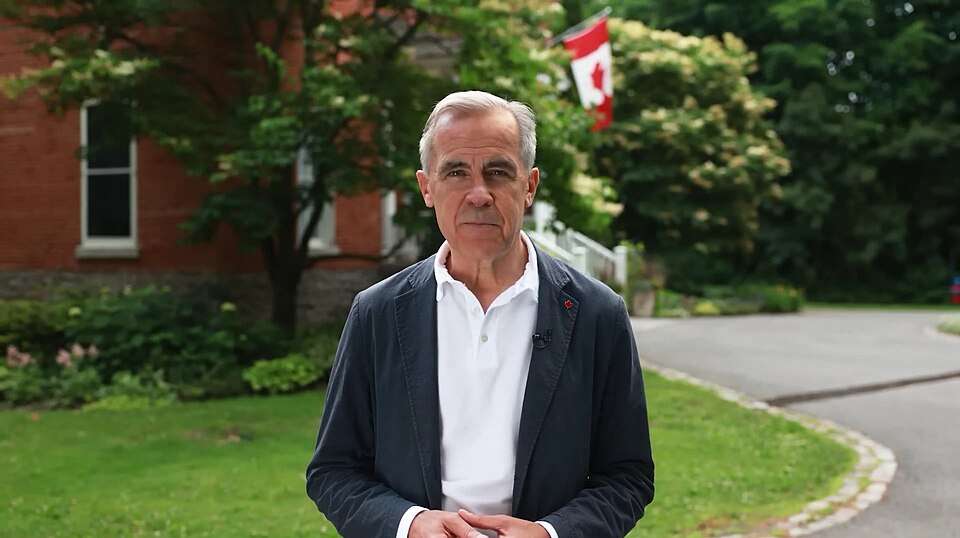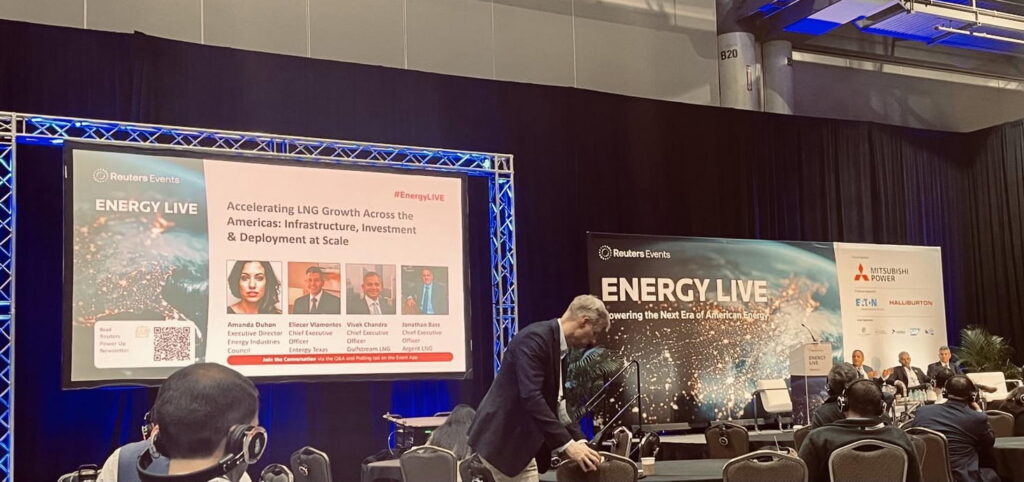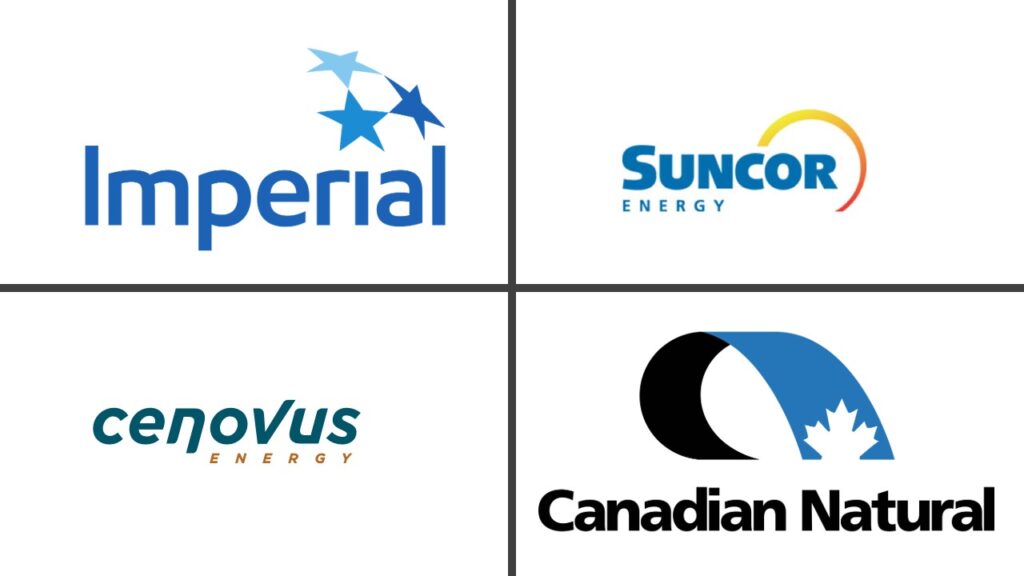Prime Minister Mark Carney recently announced five proposals he intends to fast track to defend our economy from the hostile Trump administration, live up to Canada’s climate commitments, and demonstrate respect for Indigenous rights.
Do the projects live up to these aspirational values? Let’s take a closer look.
Among the first five projects is an expansion of the LNG Canada shipping facility close to Kitimat, B.C. The federal and provincial governments also recently approved the Ksi Lisims LNG proposal located in the territory of the Nisga’a First Nation in northwest British Columbia.
While the elected Nisga’a council is in favour of the Ksi Lisims project, many of their Indigenous neighbours are not – including those along the contentious 800-kilometre Prince Rupert Gas Transmission (PRGT) pipeline route planned to transport fracked natural gas from close to the Alberta border. Almost half of the First Nations who participated in environmental assessment process for Ksi Lisims opposed the project.
Gitanyow hereditary chiefs are blockading the construction of the PRGT across their territory. Other Indigenous Nations including the Haida and Wet’suwet’en hereditary chiefs oppose the LNG terminal and PRGT pipeline, originally approved in 2014 to transport gas to a liquifying facility on Lelu Island at the mouth of the Skeena River.
Malaysian LNG giant Petronas cancelled that project in 2017 due to fierce opposition from First Nations and collapsing global prices. Almost 10 years later a similar confluence of Indigenous opposition and an impending market glut looms over one of Carney’s signature infrastructure projects.
It turns out embracing gas exports does not bode well for defending Canadian economic sovereignty, avoiding climate catastrophe or respecting free, prior and informed consent of First Nations.
Who’s Buying?
Ksi Lisims and Canada LNG completion five years from now would coincide with a 40 percent increase of global LNG capacity being built between now and 2029, accompanied by declining demand from some of our largest potential customers.
Japanese LNG consumption peaked in 2014 after the Fukushima disaster and has since dropped 25 percent due to recommissioned nuclear capacity. Japan, Europe and South Korea account for half of global LNG consumption and these markets could see a 20 percent decline in demand by 2030 as cheaper generation displaces pricey gas shipments. Chinese imports of LNG are already down 12 percent from 2024 due to surging deployment of renewables and increasing pipeline supply from Russia.
What about emerging economies? India generates only two percent of electricity from natural gas, rapidly being displaced by cheaper wind and solar sources already providing six times more capacity. According to a recent report from the Institute for Energy Economy and Financial Analysis, “In FY2025 31 gas-fired power plants — with a combined capacity of nearly 8 gigawatts (GW) and representing 32 percent of [India’s] total gas power capacity — did not generate any electricity at all, rendering them stranded assets.”
Pakistan got badly burned by ballooning LNG prices after the Russian invasion of Ukraine and instead aggressively embraced renewables. Imports of Chinese solar panels increased fourfold since 2022. Distributed energy is now so pervasive in Pakistan that local grid sales have dropped 10 percent and the country is now reselling LNG cargos they are contractually obligated to purchase, but do not want or need.
Who Owns Ksi Lisims?
Carney campaigned on standing up to a hostile Trump administration and defending our economy. But Ksi Lisims will hardly help to “build Canada strong.” The floating LNG export facility will be constructed in South Korea using non-Canadian steel and labour. Majority ownership will be held by Western LNG based in Texas with financial backing from Wall Street giant Blackstone. Blackstone’s CEO was a prominent donor to the 2024 Trump campaign and remains a key advisor to a president who continues to threaten Canada’s sovereignty.
The American-based Atlas Network sought to undermine Canada’s adoption of the United Nations Declaration of the Rights of Indigenous Peoples (UNDRIP) to further fossil fuel approvals like Ksi Lisims. Now that UNDRIP is (slowly) being implemented, LNG insiders have suggested that making First Nations the public face of support for new oil and gas infrastructure has become the “magic sauce” for project approvals.
“This is a shapeshifting innovation in the position of industry,” Hayden King, executive director of the Indigenous-led public policy think tank the Yellowhead Institute told DeSmog in 2022. “First Nations are going to assert and enforce their own versions of consent. So the smart play for industry now is to get on board and attempt to manipulate what that consent means. I think that’s what you’re seeing happening now.”
Climate Confusion
The LNG industry enjoys asserting that there is somehow a climate benefit from extracting and burning vast amounts of natural gas. To be clear, there is no compelling evidence that LNG is significantly displacing coal as a fuel source. Even if that was true, analysis from researchers at Cornell University shows that after accounting for unavoidable methane leaks, LNG has a larger greenhouse gas impact compared to equivalent coal generation.
Backers of B.C. LNG also boast that emissions will be lower than other projects due to plans to compress and cool the fracked natural gas with vast amounts of renewable energy. How vast? Fully completed, Ksi Lisims and LNG Canada would require the equivalent of the entire generating capacity of the newly completed and highly contentious Site C dam, which could otherwise supply clean electricity to 500,000 B.C. homes or power far less polluting industries.
Building a $3 billion transmission line – likely paid for by B.C. taxpayers – would only be completed years after Ksi Lisims becomes operational. In the meantime it will be powered by burning natural gas releasing 1.8 megatonnes of CO2 per year, equal to about 40 percent of the all home heating emissions in the province.
Rather than building Canada strong, Ksi Lisims and other LNG projects could undermine relations with many B.C. First Nations when our country is allegedly committed to reconciliation and can ill afford unnecessary conflicts with Indigenous peoples.
Canada’s climate goals and our national sovereignty are likewise undermined by another extractive fossil fuel project constructed overseas and bankrolled by American interests instead of investing in shovel-ready Canadian-built renewable solutions. Given the looming global glut, LNG export expansions are also at risk of failing financially and saddling the taxpayer with sunk costs and expensive subsidies.
Other than all that, well done Mr. Carney.
Subscribe to our newsletter
Stay up to date with DeSmog news and alerts






